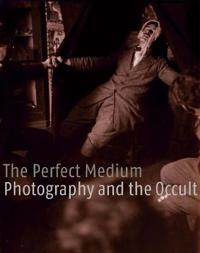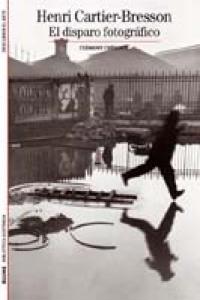The Perfect Medium (Inbunden)
avClement Cheroux, Andreas Fischer, Pierre Apraxine
ISBN: 9780300111361 - UTGIVEN: 200509In the early days of photography, many believed and hoped that the camera would prove more efficient than the human eye in capturing the unseen. Spiritualists and animists of the nineteenth century seized on the new technology as a method of substantiating the existence of supernatural beings and ha[...]
Henri Cartier-Bresson (Häftad)
avClement Cheroux
ISBN: 9780500301241 - UTGIVEN: 200811Henri Cartier-Bresson's photography came to define the 20th century. This book tells his life story through his images: all the major events from his youth to his death in 2004 are described, contextualized and analysed in the light of his photographic work. From his early encounters with the Surrea[...]
Henri Cartier-Bresson: Here and Now (Inbunden)
avClement Cheroux
ISBN: 9780500544303 - UTGIVEN: 2014-03Henri Cartier-Bresson's work embraced art, politics, revolution, and war. But more powerful than any of these overarching themes was his evident concern for the human individual at every social level. This lavishly illustrated monograph--published to accompany France's first major retrospective sinc[...]
Henri Cartier-Bresson: El Disparo Fotografico (Häftad)
avClement Cheroux
ISBN: 9788480769952 - UTGIVEN: 2013-10Snapshot (Inbunden)
avElizabeth (EDT) Easton, Clement (CON) Cheroux, Michel (CON) Frizot
ISBN: 9780300172362 - UTGIVEN: 2011-11The advent of the Kodak camera in 1888 made photography accessible to amateurs as well as to professionals. Artists were not immune to its allure, and many began experimenting with the camera as a means of capturing images as studies for final works and of observing the world and the people in it. "[...]








